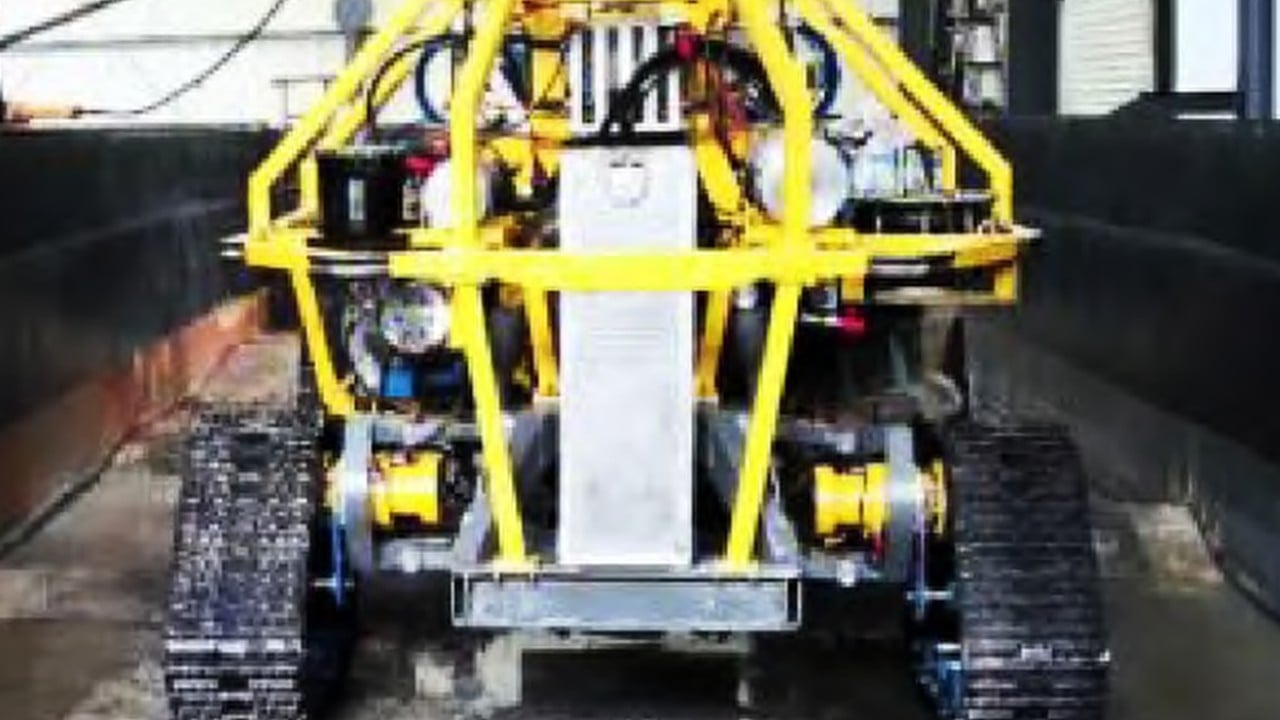Chinese scientists and engineers have pushed far beyond a string of US military bases known as the second island chain, reaching a seamount in the western Pacific Ocean 2,000 metres (6,561 feet) below the surface to test a smart mining vehicle designed to harvest cobalt-rich deposits, gathering critical performance data.
Advertisement
The robotic miner showed its ability to traverse rugged seabeds littered with cobalt crusts, autonomously adjusting its posture to avoid overturning or being trapped.
Cobalt-rich crusts are slow-growing layers of iron and manganese oxides that coat the slopes of seamounts. Formed over millions of years as minerals precipitate from seawater, they contain valuable metals such as cobalt, nickel and platinum, with the richest deposits found in the Pacific Ocean.
This landmark trial confirms that China’s deep-sea mining ambitions are rapidly transitioning from concept to reality – a shift poised to reshape global supply chains for critical minerals and intensify geopolitical competition over oceanic resources.
Recognising the resource’s strategic importance, the US Department of Defence launched a plan earlier this year to stockpile cobalt. However, by October, the initiative was cancelled due to unforeseen technical and logistical challenges.
Advertisement
This setback comes as China already dominates global cobalt supply, controlling most of the world’s cobalt mining and refining capacity. Yet terrestrial cobalt reserves are severely limited, with many mines located in remote, high-risk, politically volatile regions of Africa, where extraction is costly.

